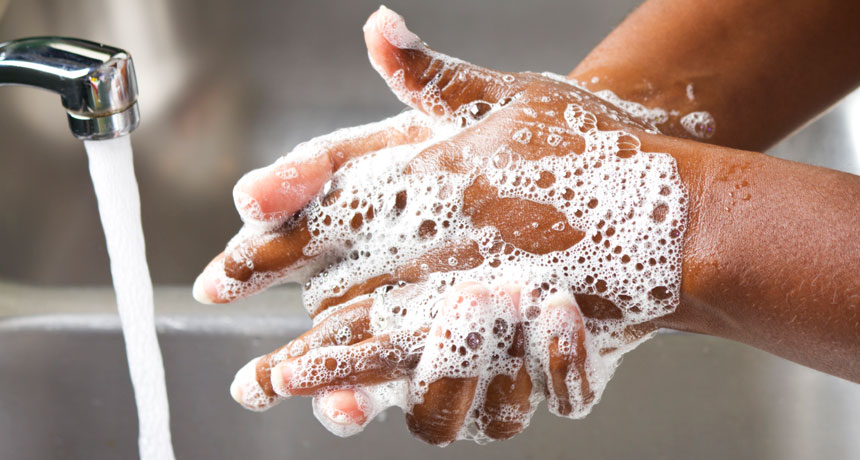Year in review: Microbes exploit their killer
Triclosan promotes antibiotic resistance

ANTIBACTERIAL BACKFIRE Triclosan, an unregulated antimicrobial chemical found in consumer products such as soaps and toothpaste, may aid, rather than deter, microbes that invade people’s bodies.
© EMPPhotography/iStockPhoto